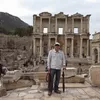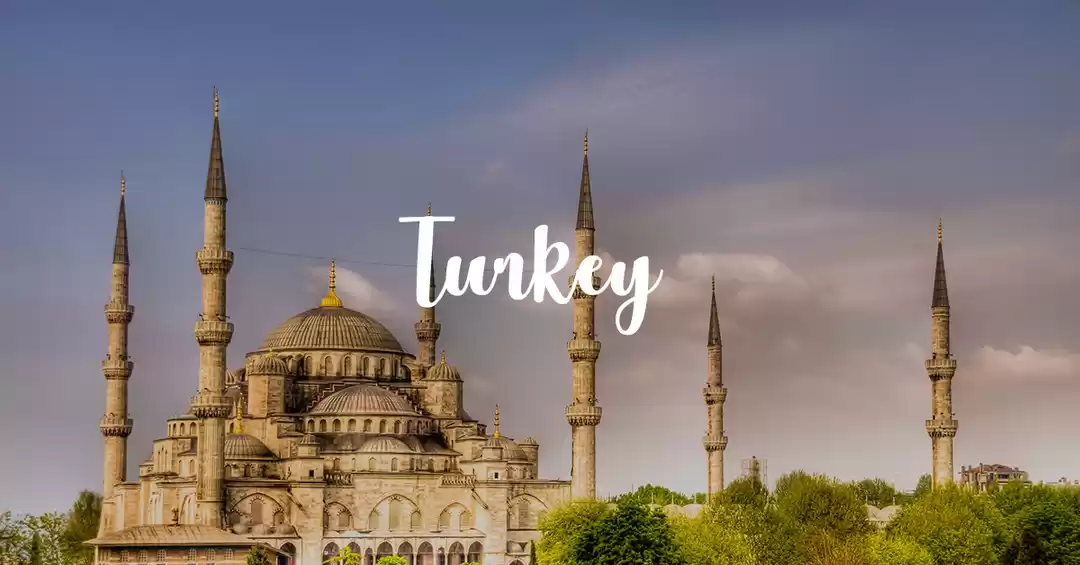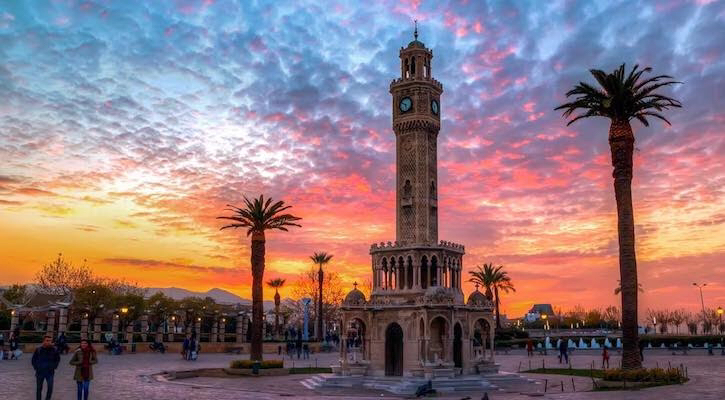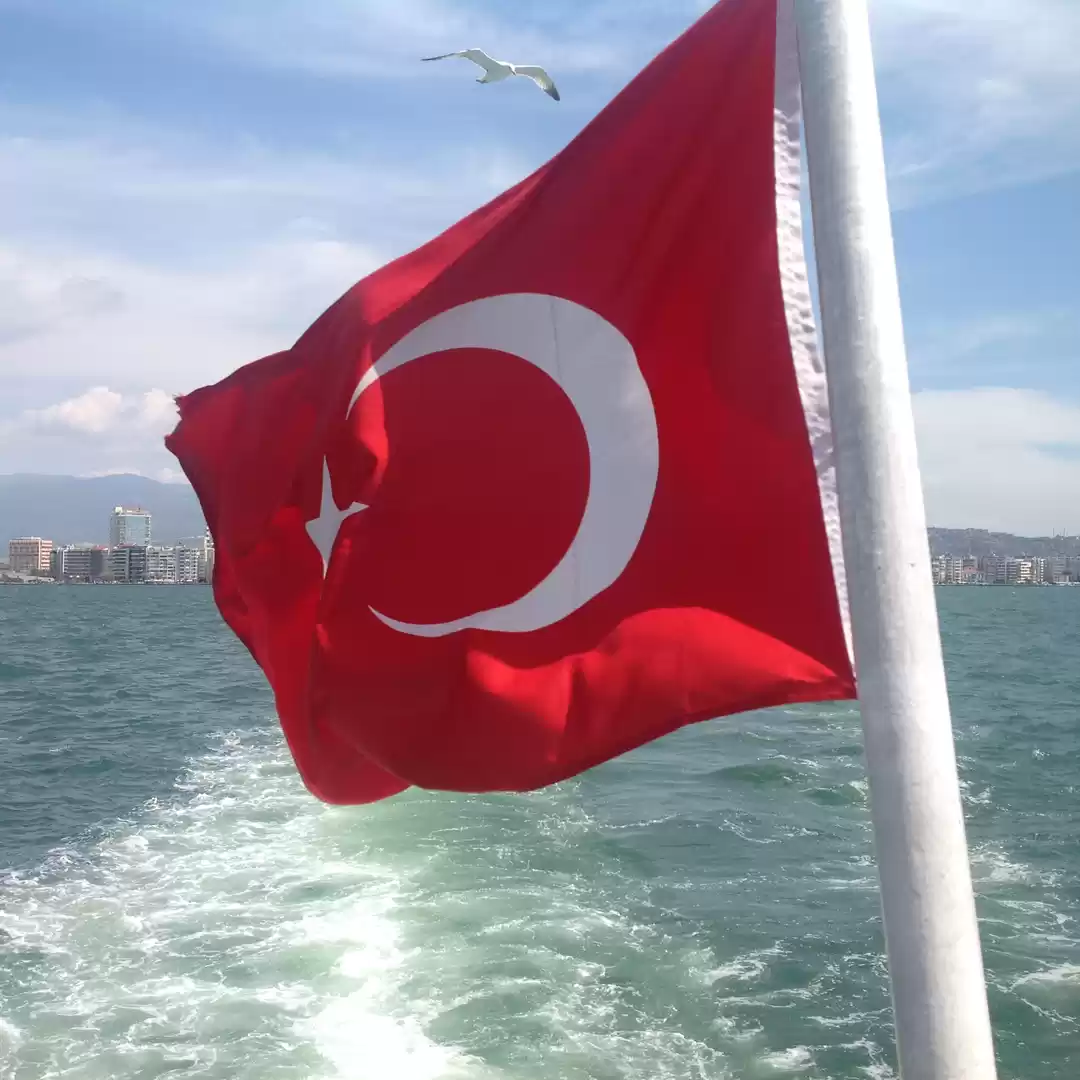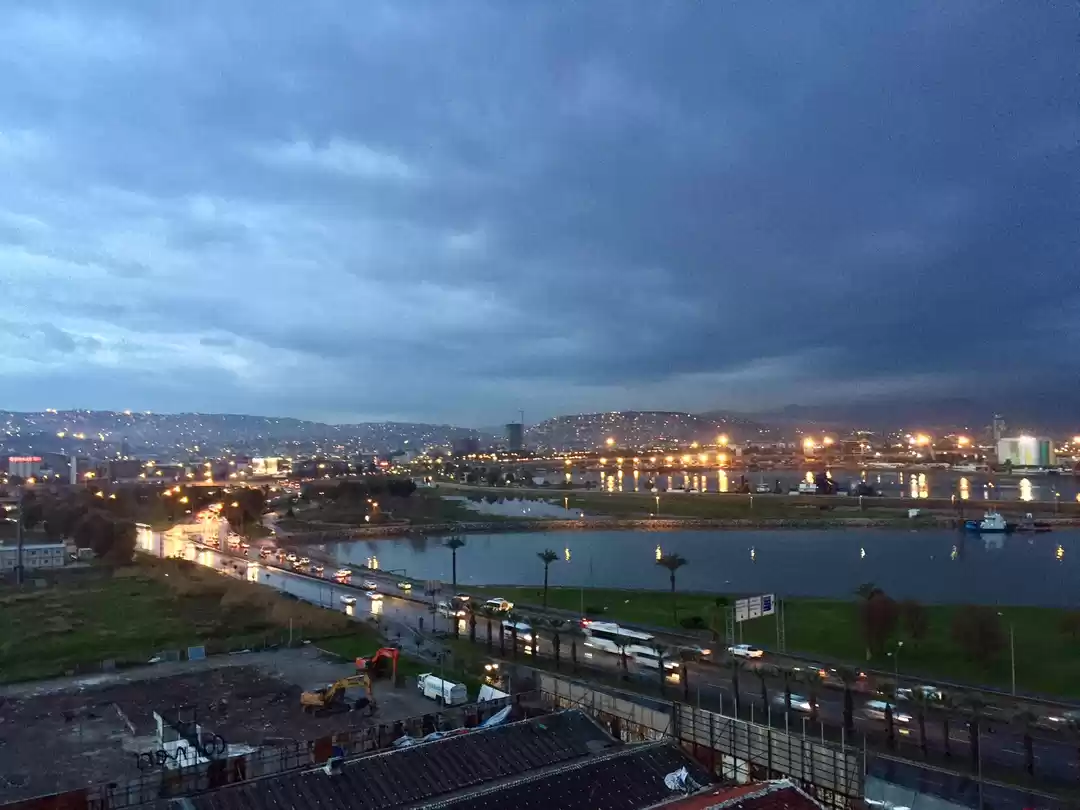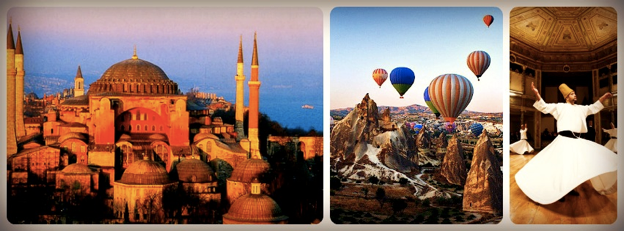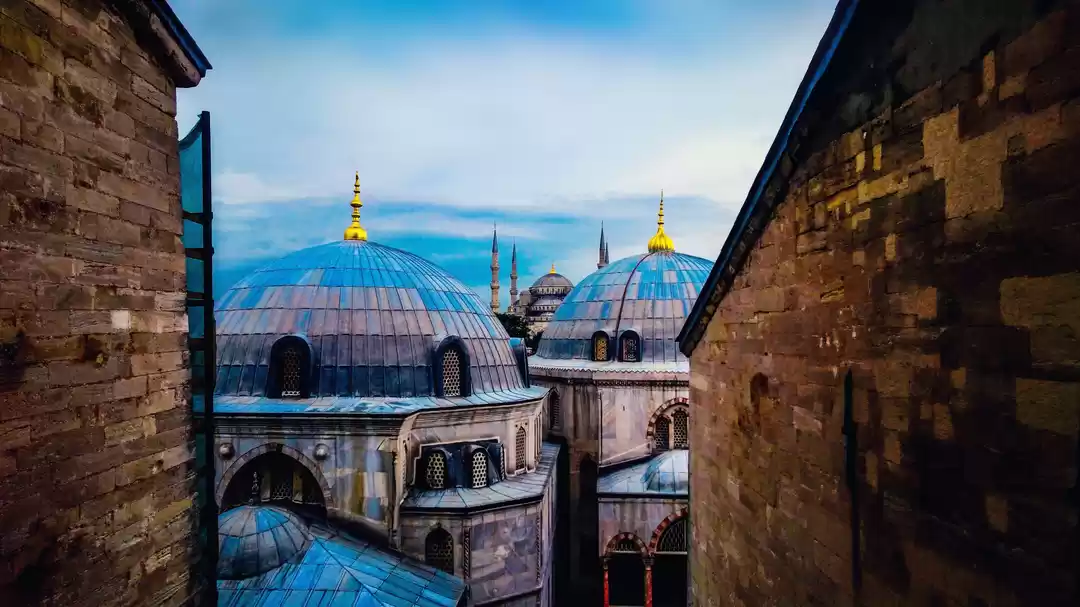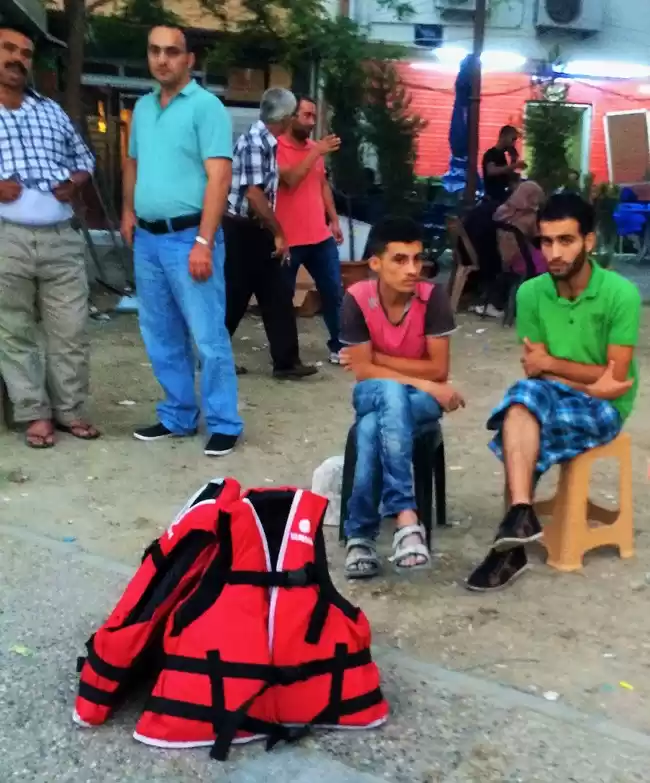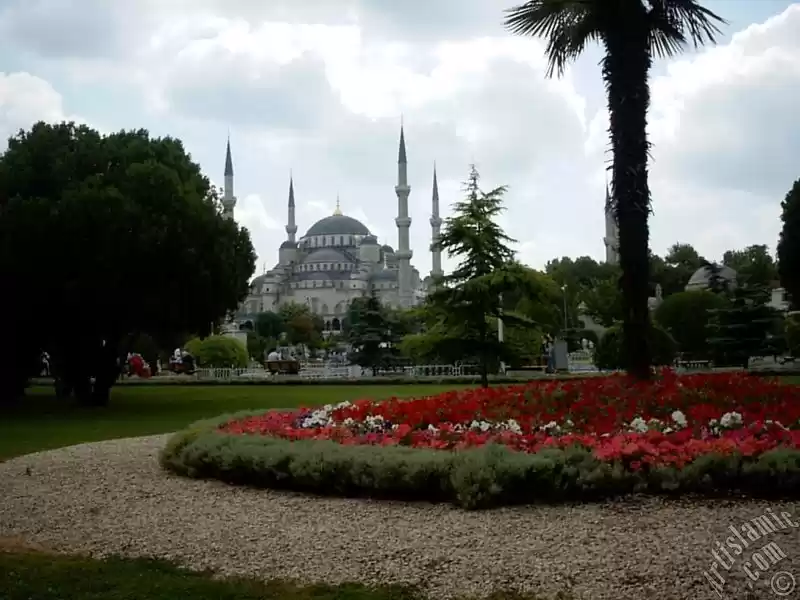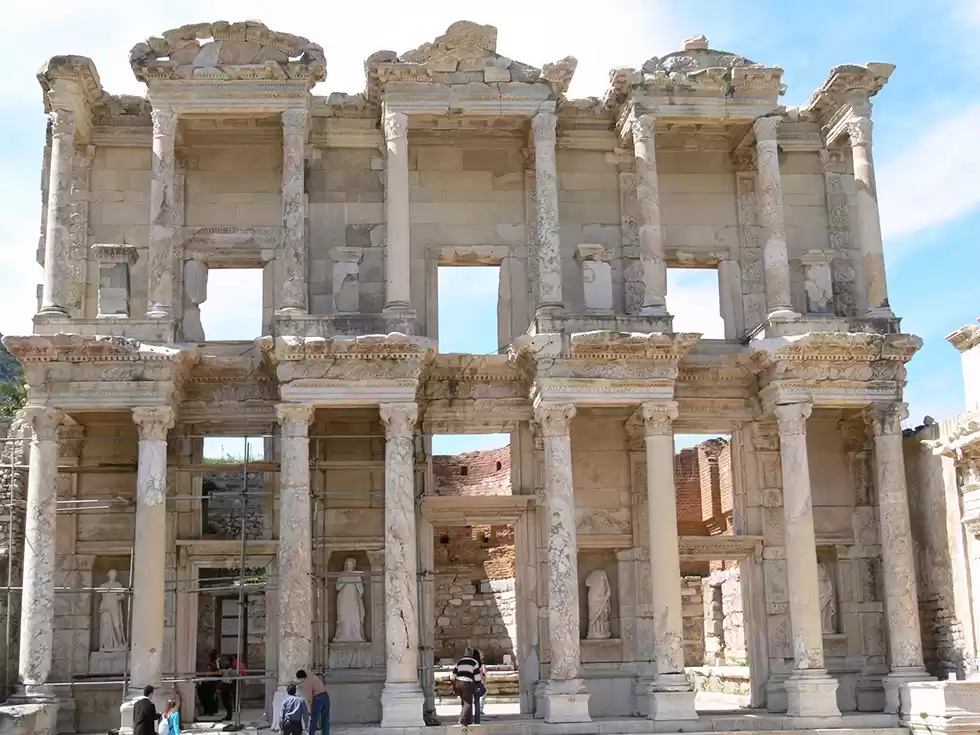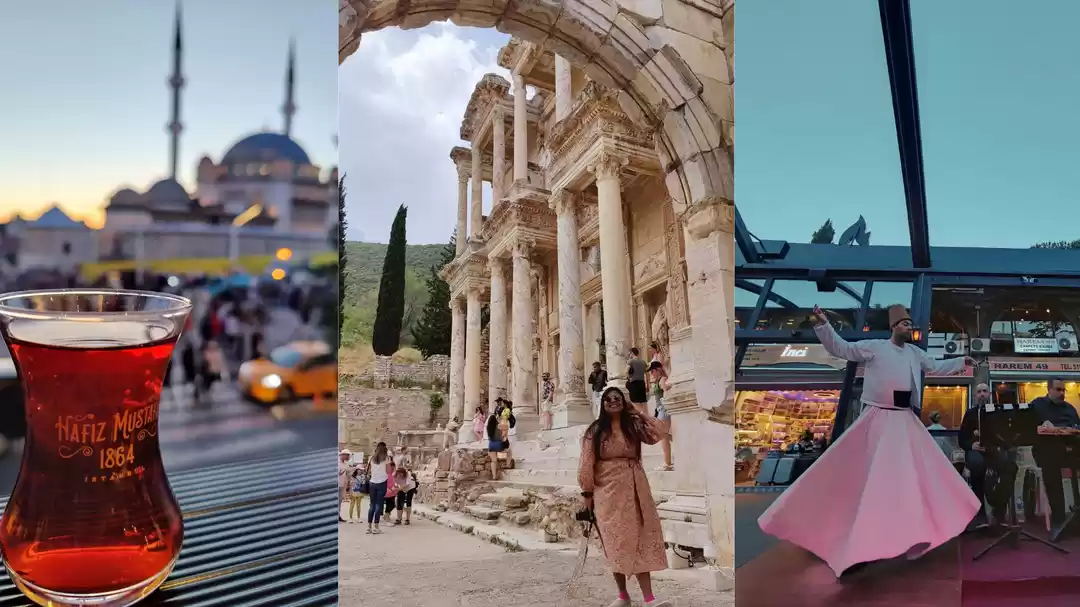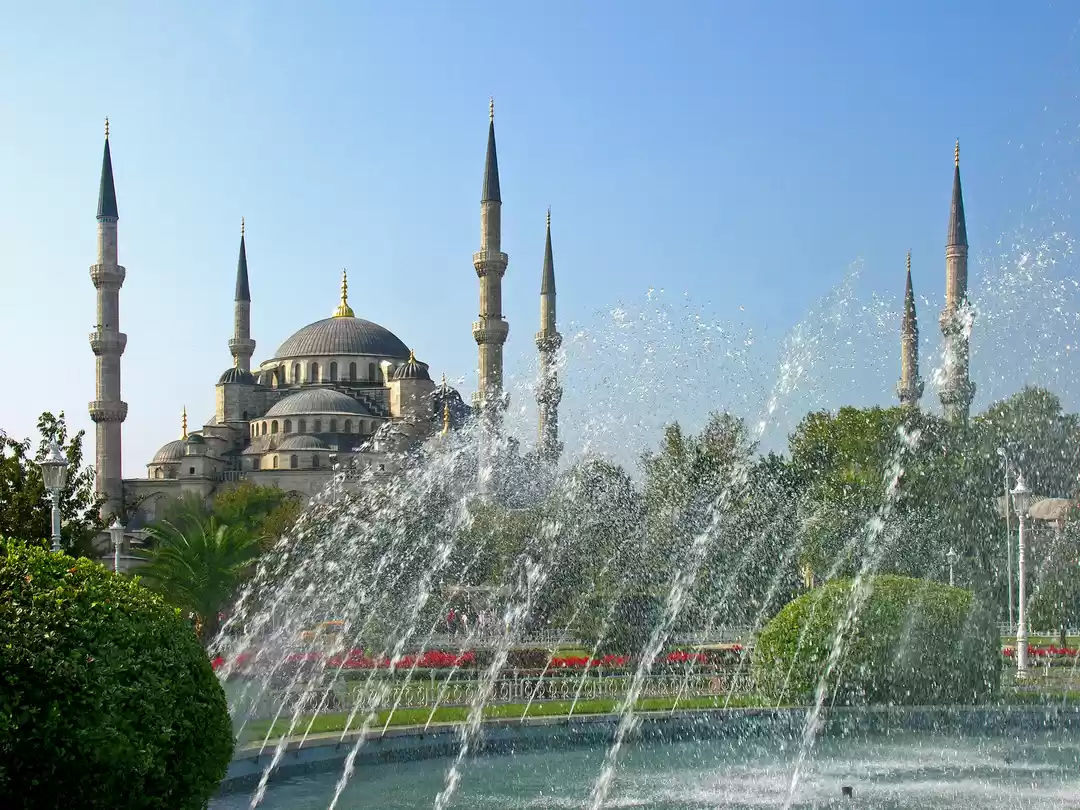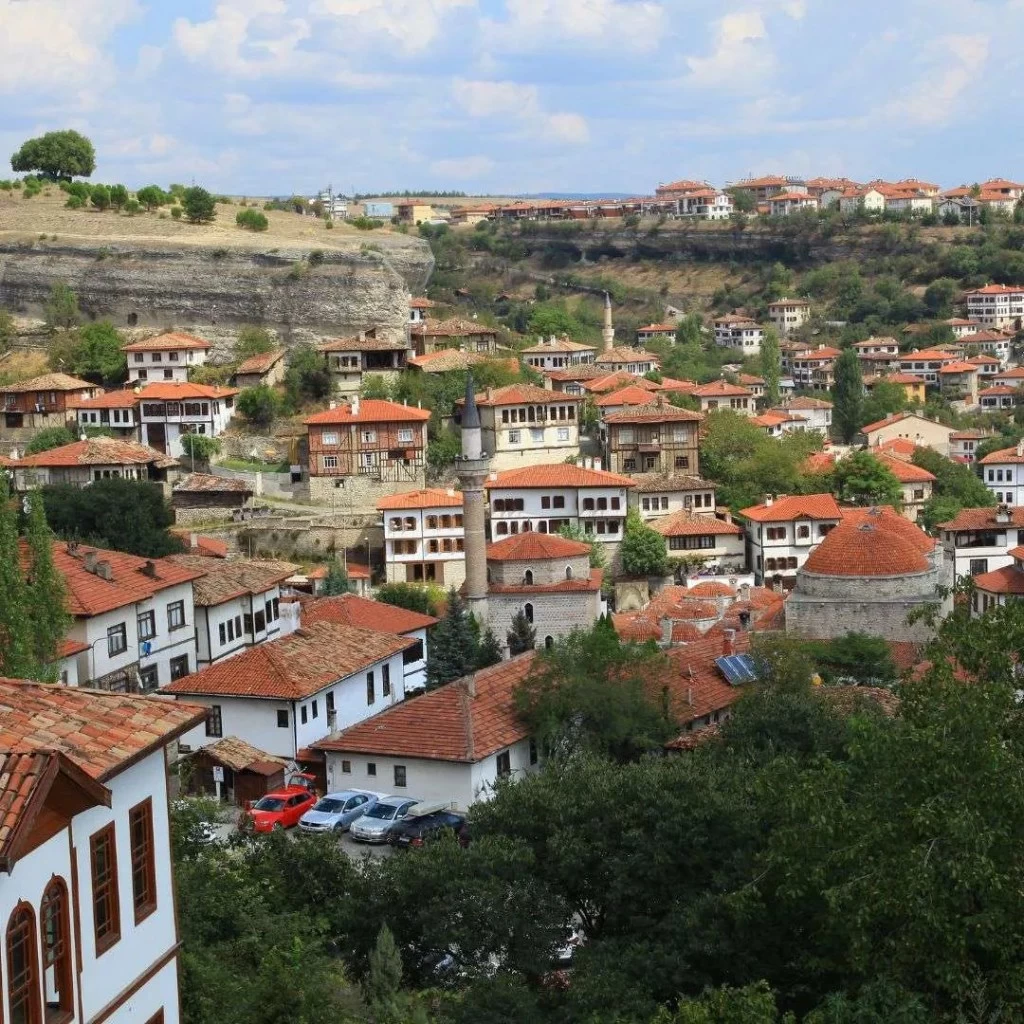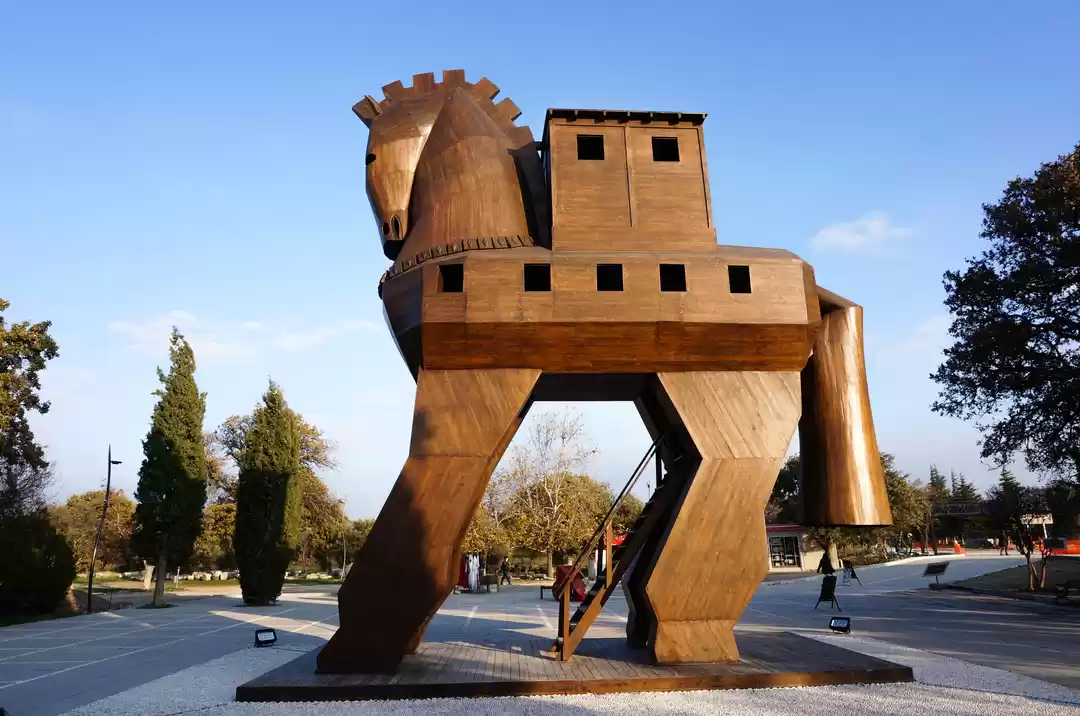
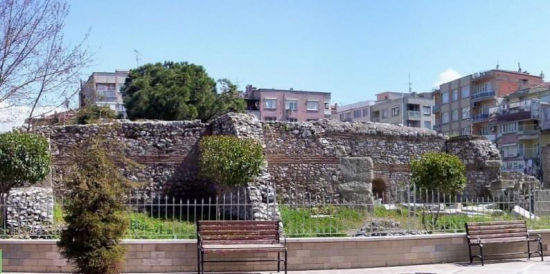
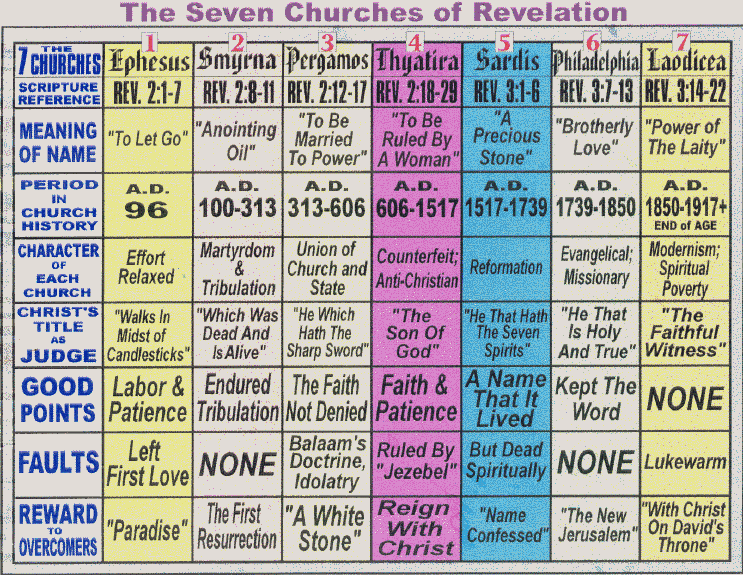




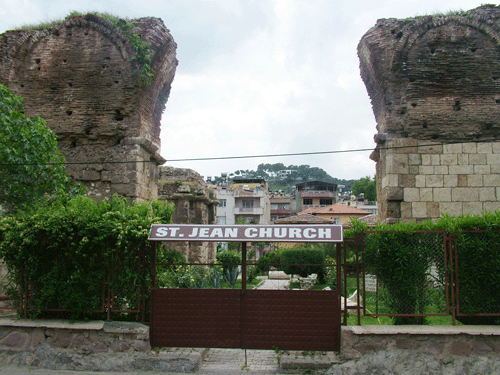

The seven churches of Revelation are literal churches from the first century AD described in Revelation, Chapters 2 and 3. However, the seven churches in Revelation also have spiritual significance for churches and believers today. Indeed, the primary purpose for John writing his letters to the seven churches was to deliver Christ’s 'report card' for the churches of that time. However, a second purpose of John’s inspired writings was to describe seven types of churches (and individual believers) that would surface time and again throughout history. These short letters to the seven churches of Revelation act as quick and poignant reminders to those who call themselves "Followers of Christ."
The archaeological remains of all seven locations now exist in present-day Turkey, accessible by way of the Aegean Sea and the ancient trade routes between the West and East. For various reasons, whether trade, military, or pure hedonism, these cities were major cultural hubs throughout history. During the first few centuries after Jesus Christ, these Roman-controlled cities were also important in early Christianity.
Ephesus was one of the Seven Churches of Revelation. The city where Paul came to times to teach the word of God. He stayed almost three years in Ephesus on his third missionary journey. The ancient city of Ephesus was the influential capital city of Asia Minor on the Aegean Sea. Ephesus is now known for its huge metropolis of ancient streets, arches and ruins, including the large gymnasium, library, and 24,000-person amphitheater. The ancient city of Ephesus was also home to the Temple of Artemis, one of the seven wonders of the ancient world. Artemis (later called Diana by the Romans) was the goddess of fertility that supposedly controlled the reproduction of humans, animals, and crops. The Temple of Artemis at Ephesus was known throughout the ancient world for its temple prostitutes and hedonistic celebrations.
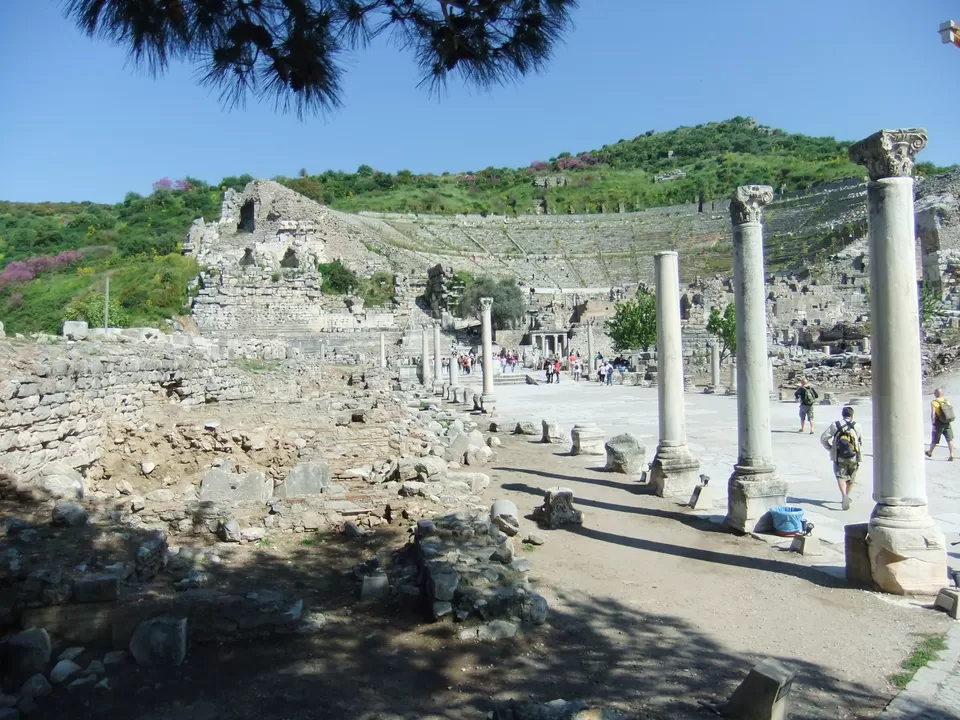
Ancient Smyrna was located north of Ephesus in a powerful trading position on the Aegean Sea known for its harbors, commerce, and marketplaces. The primary ruins of ancient Smyrna, including its massive city market (agora) and underground sanitation system, are located in the middle of the modern Turkish city of Izmir. Since Izmir is a bustling city with the second largest population in Turkey, very little of ancient Smyrna has been excavated.
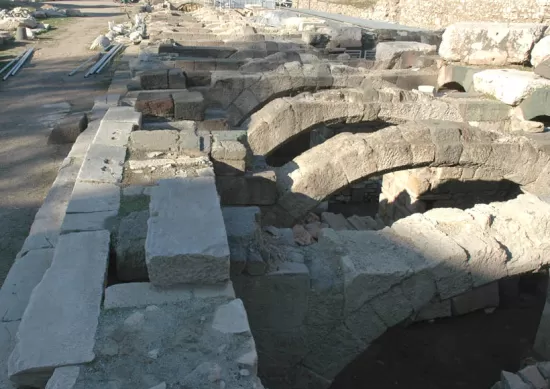
Ancient Pergamum is located on the plains and foothills along the Caicus River in Western Turkey. It was considered a major city in Asia Minor since the 3rd century BC, and became a Greek and Roman hub for worshipping Aesclepius, the god of healing, and Serapis, the Egyptian god of the underworld. The ruins of ancient Pergamum include the acropolis, the worship complexes known as the Aesclepium and Serapeum, and the incredible 10,000-seat amphitheatre built into the side of a steep hill. The marble Temple of Emperor Trajan from the second century AD has also been excavated and restored. The Trajan complex includes a huge library, the second largest after Alexandria, Egypt in the ancient world.
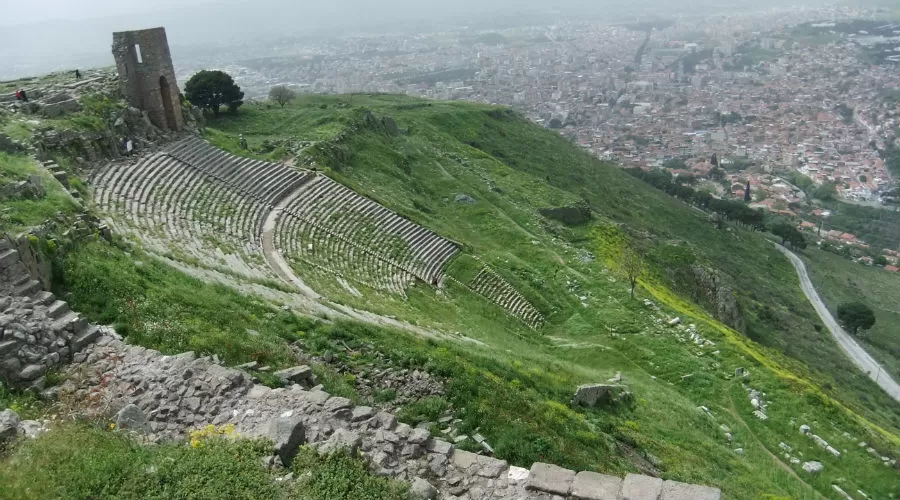
Ancient Sardis is located on the banks of the Pactolus River in western Turkey, 60 miles inland from Ephesus and Smyrna. Previous to its major role in Greek and Roman history, Sardis was the capital of the Lydian empire and one of the most influential cities of the ancient world. Popular ruins at ancient Sardis include the huge acropolis, one of the popular temples to Artemis (Diana) in the region, the gymnasium and bath house complex, and other archaeology that reveal the true decadence of the ancient cultures there.
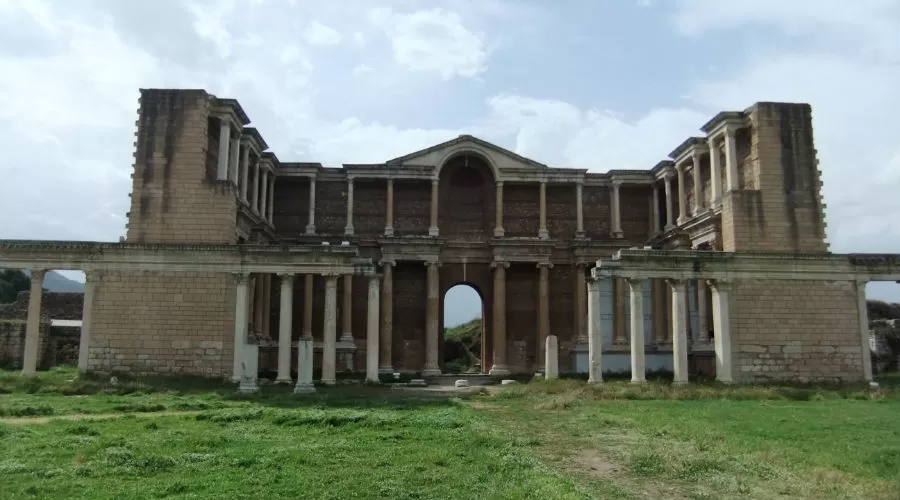
Philadelphia was the least distinguished of the cities of the Seven Churches. It was the latest to take on importance as a city, and only a few ruins are visible now. However, on the positive side, it was located on the outer edge of Hellenistic civilization and the Christian faith, and therefore had grave responsibilities for spreading the thought patterns and activities of these transforming powers. Furthermore, Philadelphia and Smyrna were the only two churches among the Seven about which nothing bad was said by John.

The city was known as "Pelopia" but it was named Thyateira by king Seleucus I Nicator in 290 BC because being at war with Lysimachus and hearing that he had a daughter born, called this city 'thuateira', from Greek thugater, thugatera, meaning 'daughter'. In classical times, Thyatira stood on the border between Lydia and Mysia.
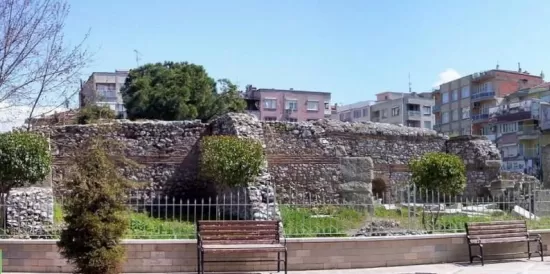
Ancient Laodicea isn’t much of a city anymore, but unspoiled Roman ruins mark the countryside. Laodicea is located in the Lycus River Valley of western Asia Minor, near the influential, ancient cities of Hierapolis and Colossae. This valley was a primary trade route between the cultures of the West and East. Ancient Laodicea was also a primary hub for the Roman aqueduct system, which speaks to the picture of worthless 'lukewarm' water in John’s writing to the church there: “I know your deeds, that you are neither cold nor hot. I wish you were either one or the other! So, because you are lukewarm—neither hot nor cold—I am about to spit you out of my mouth.” (Revelation 3:15-16)
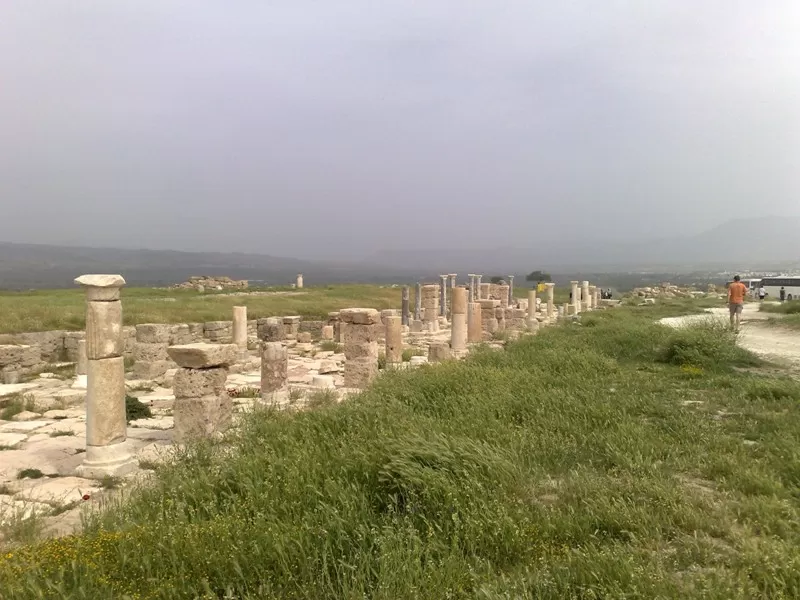
Frequent Searches Leading To This Page:-
best turkey holiday packages, weekend in turkey days, turkey local tour, chip holiday to turkey, weekend getaway in turkey, turkey tour packages from Ahmadabad

